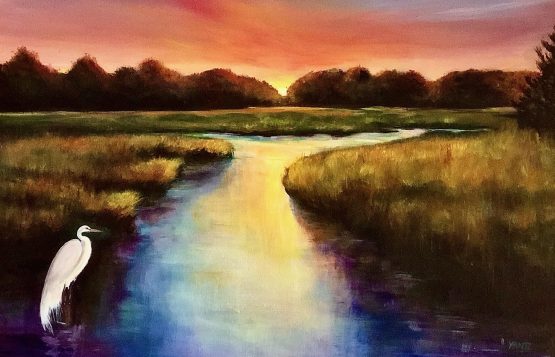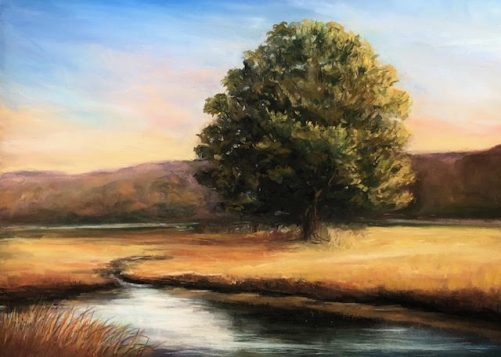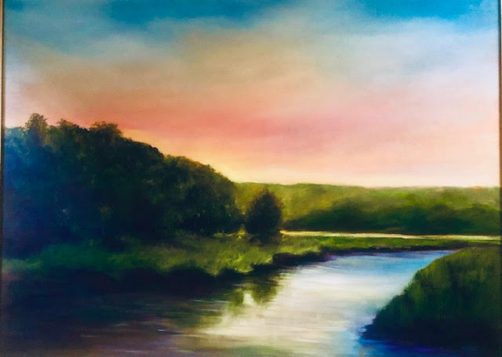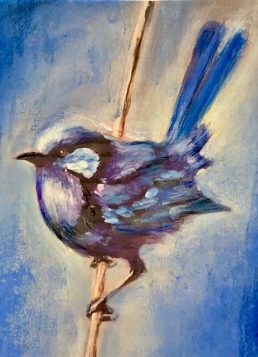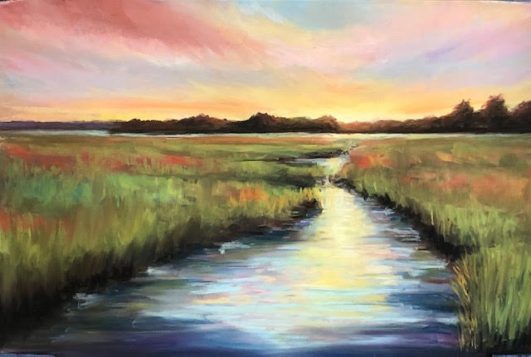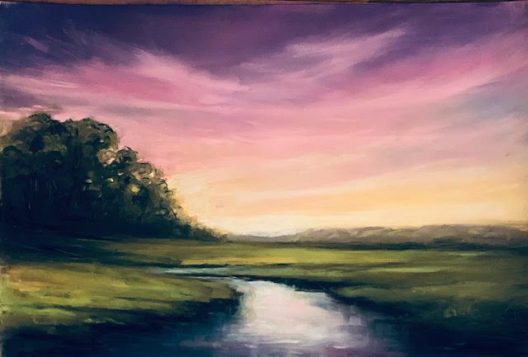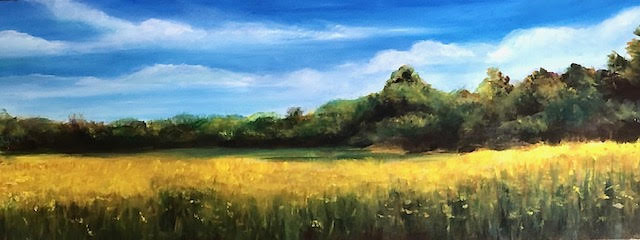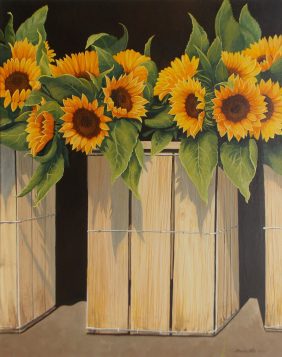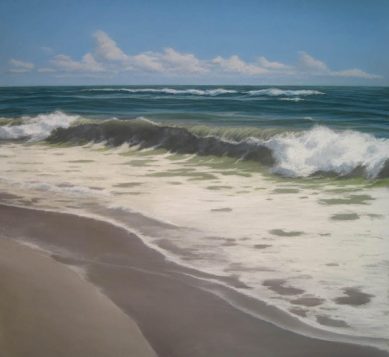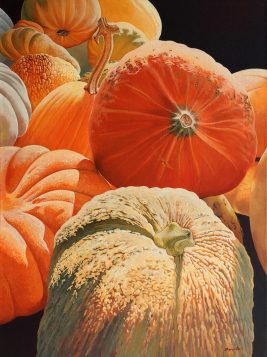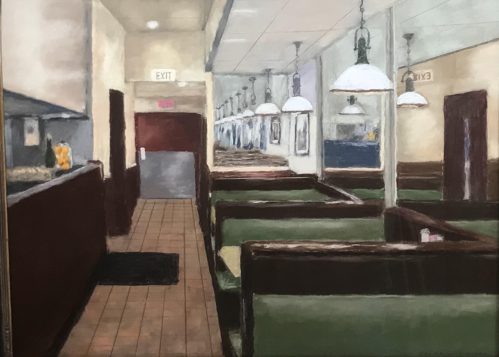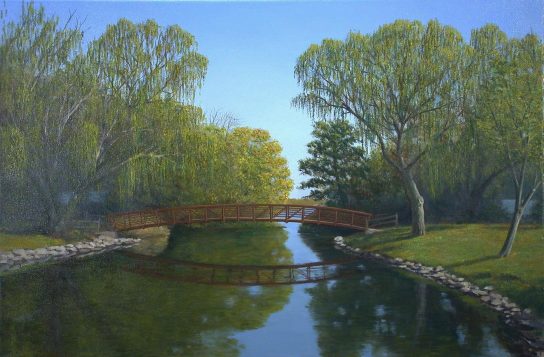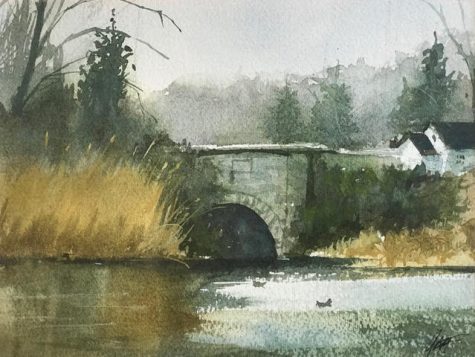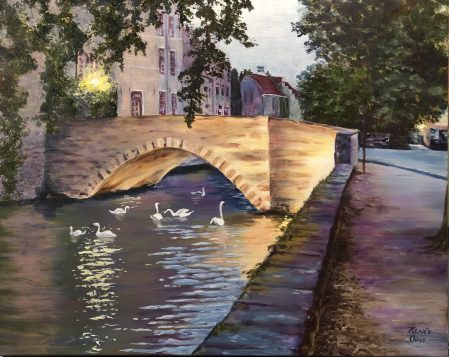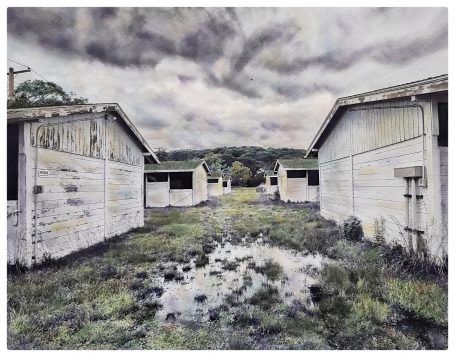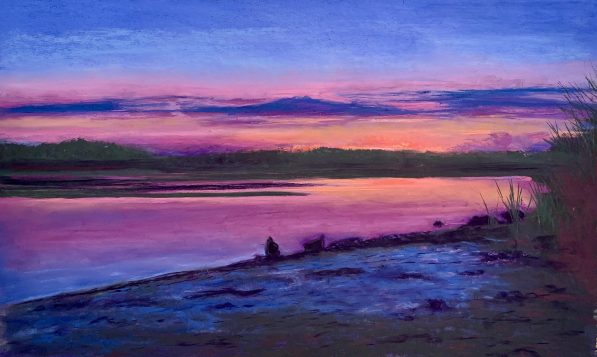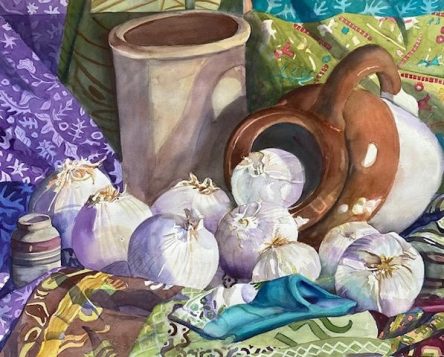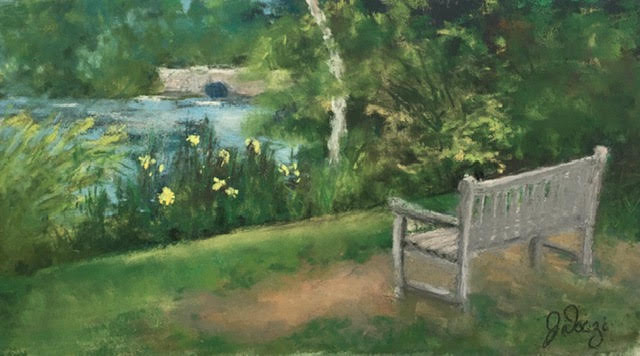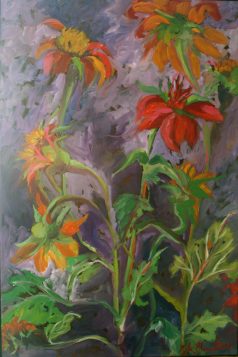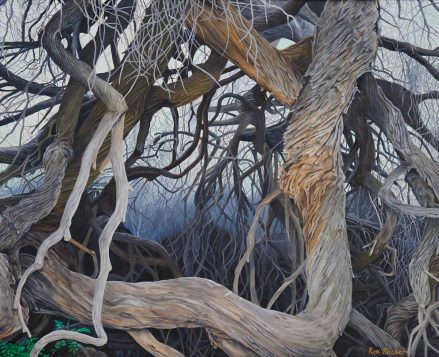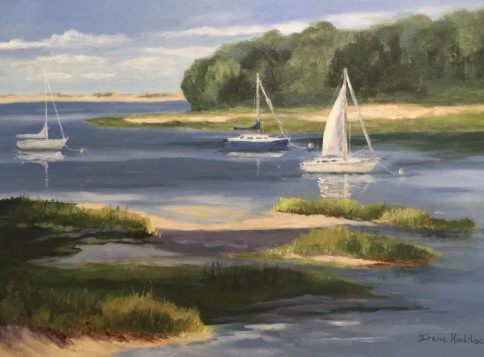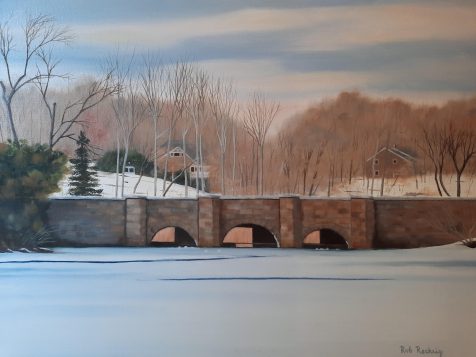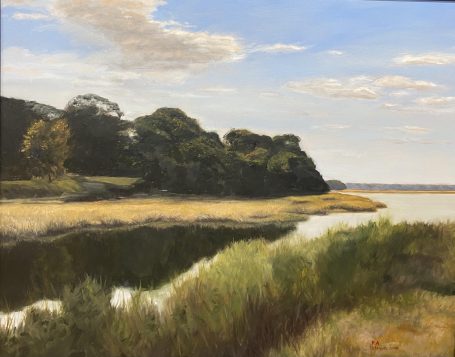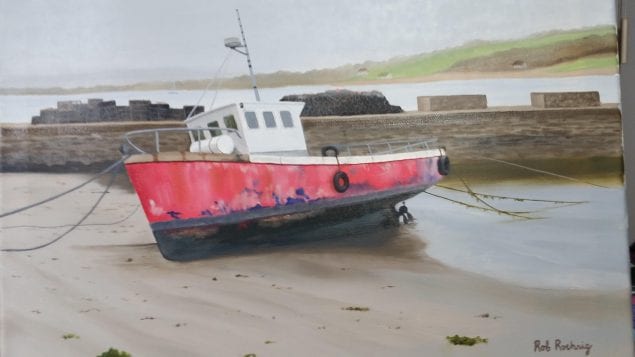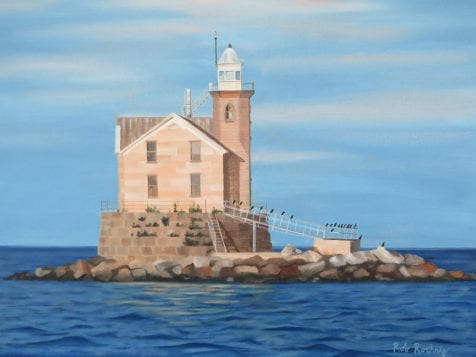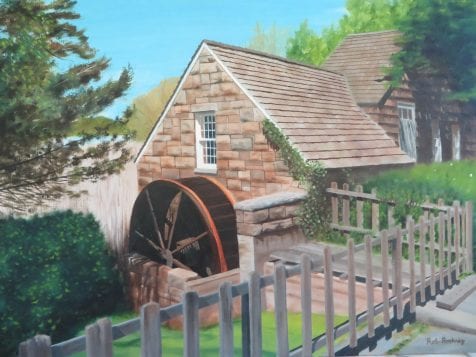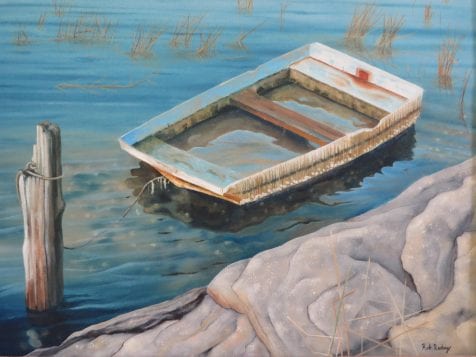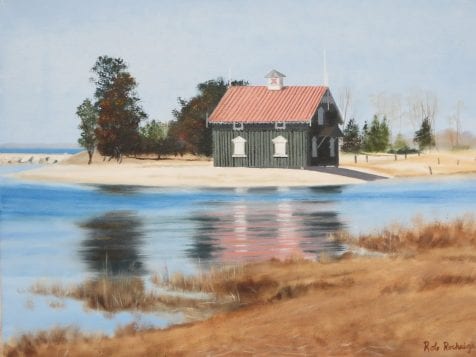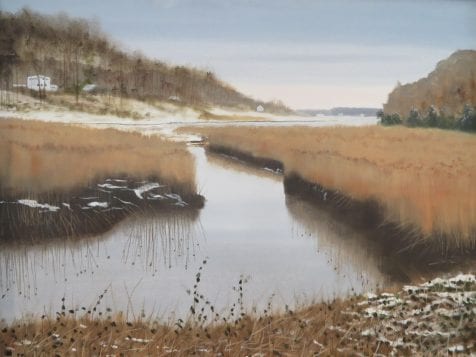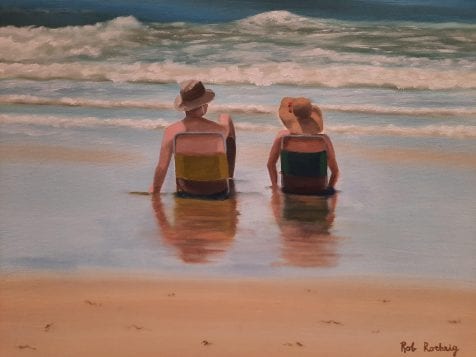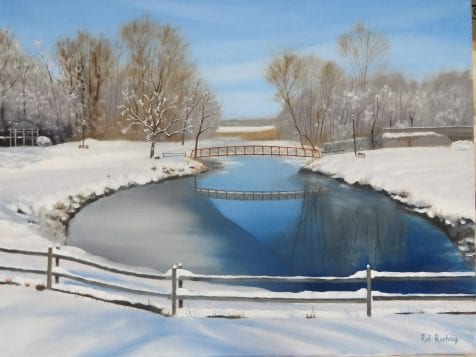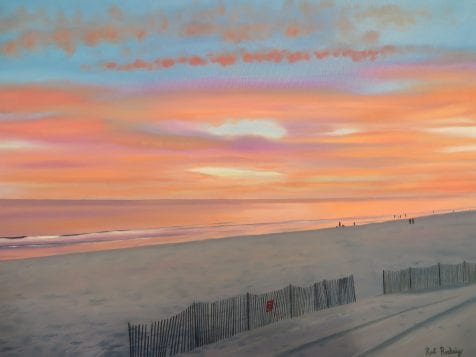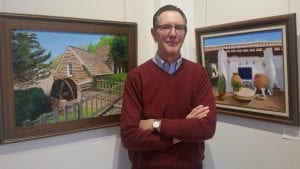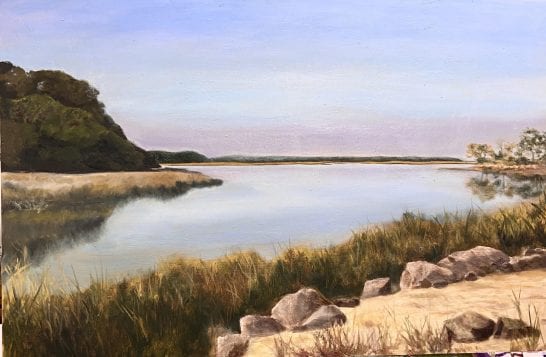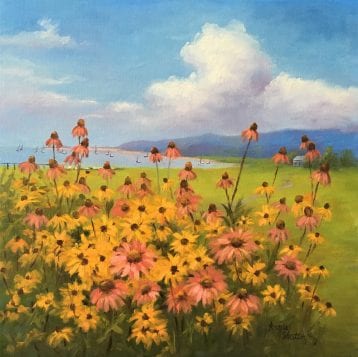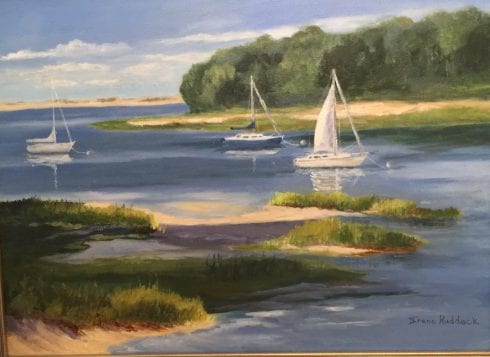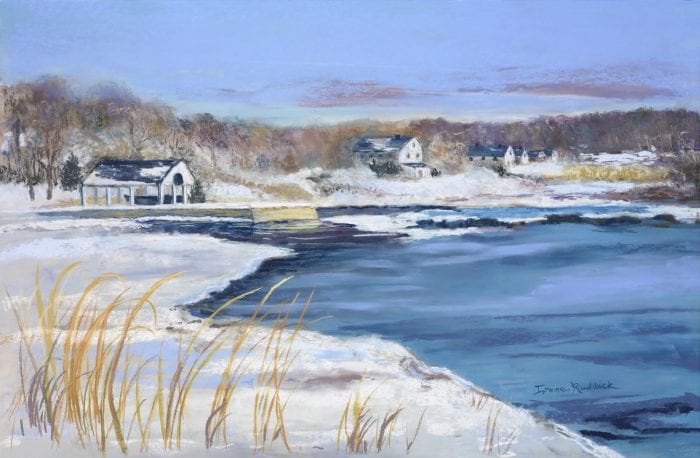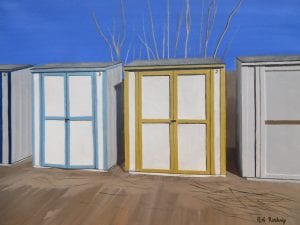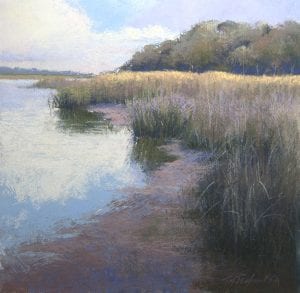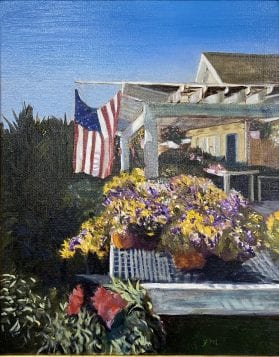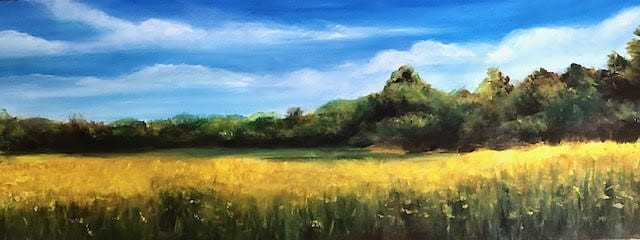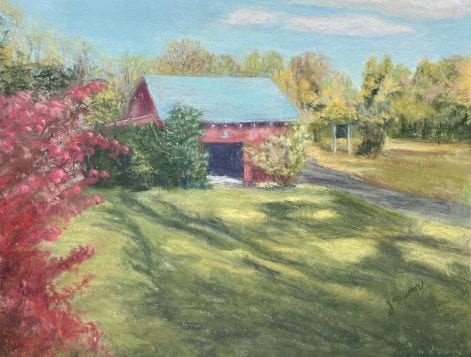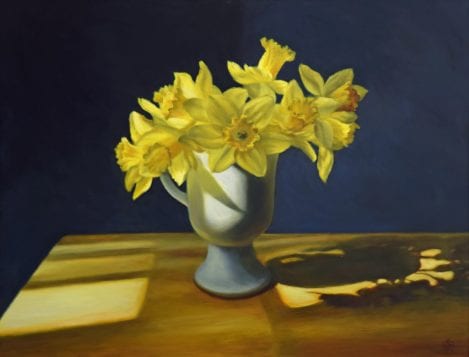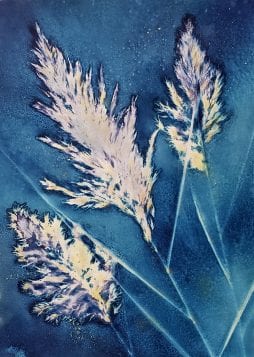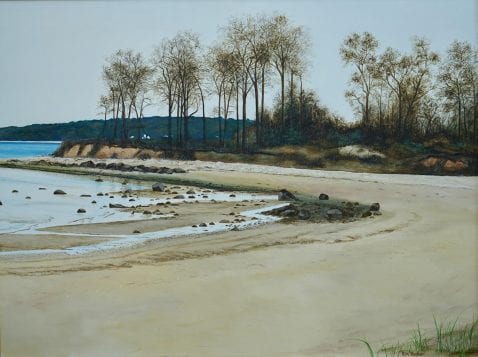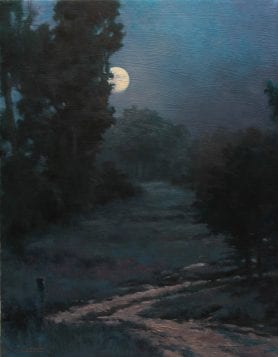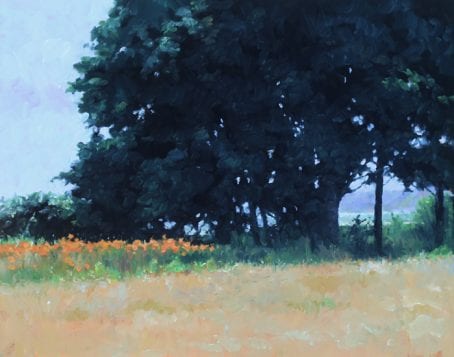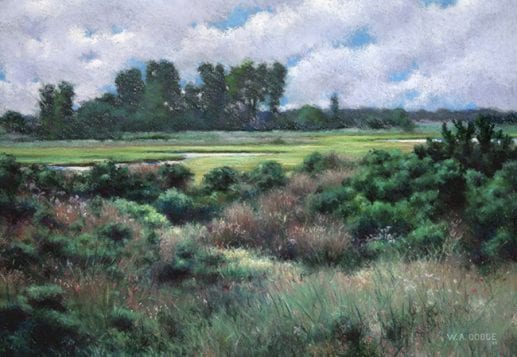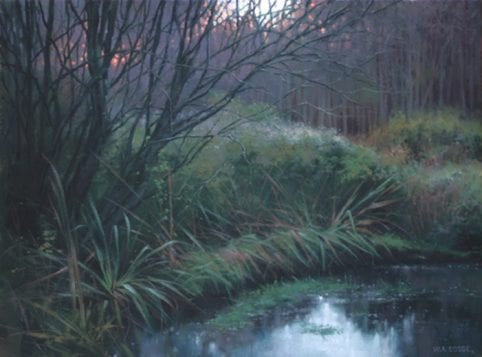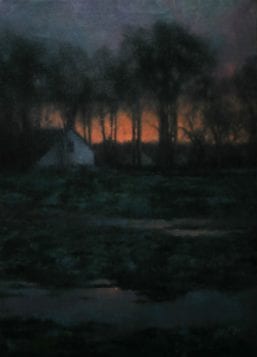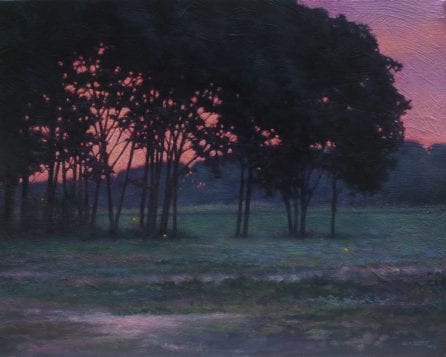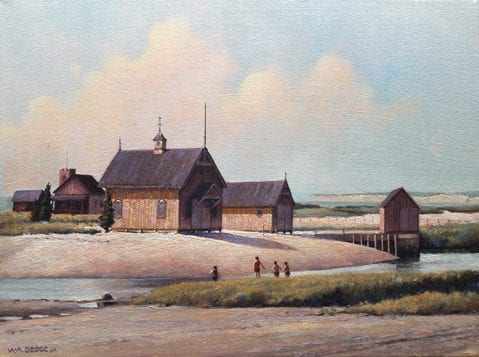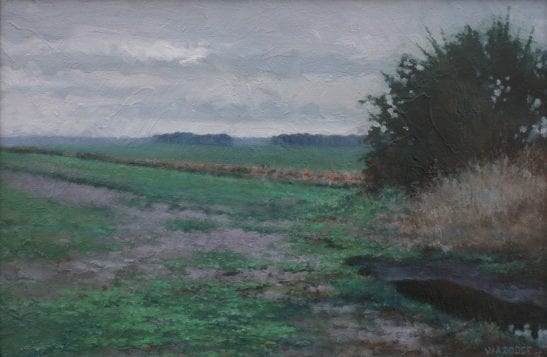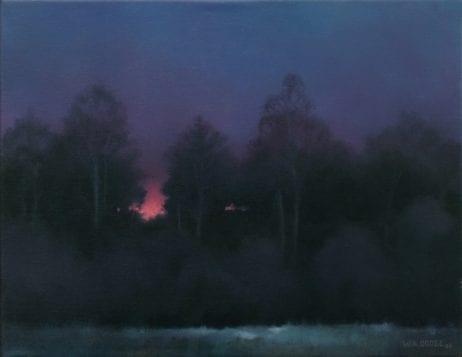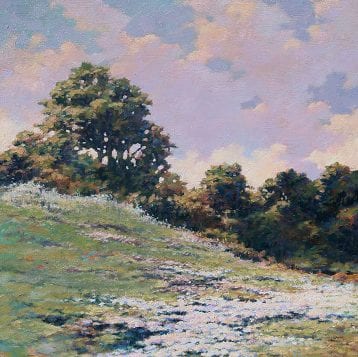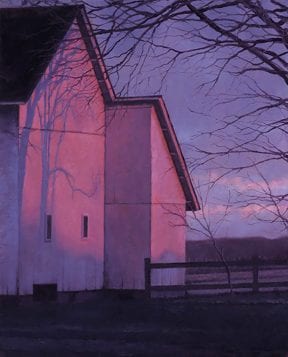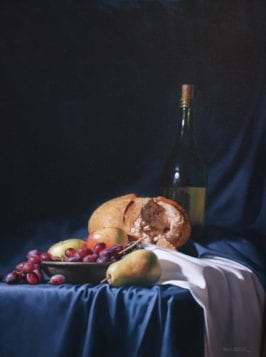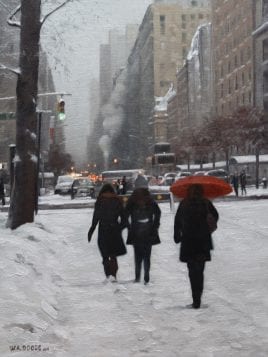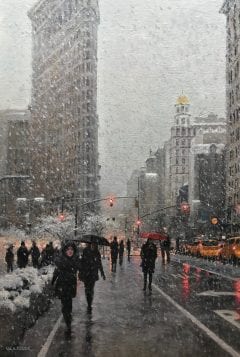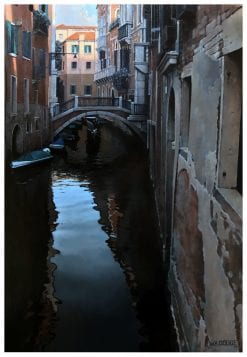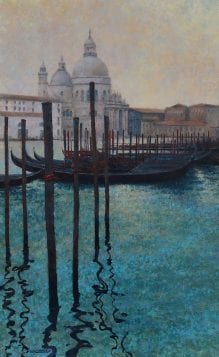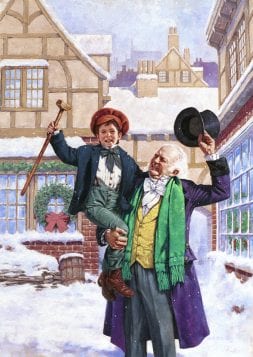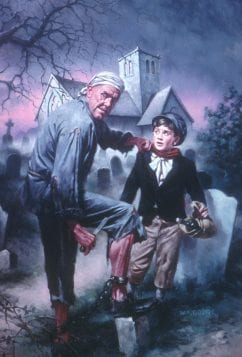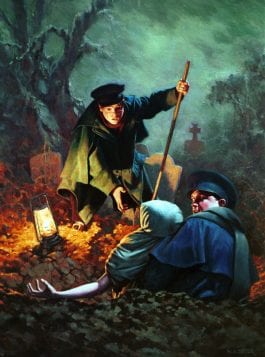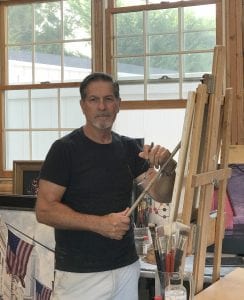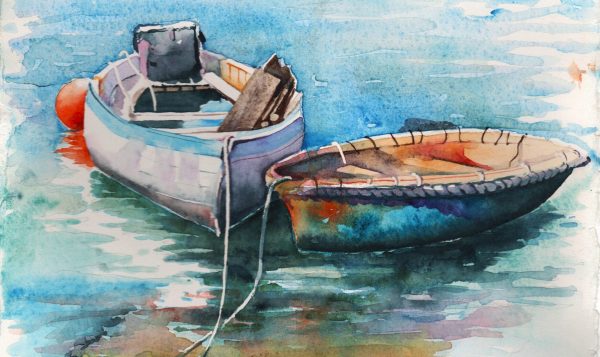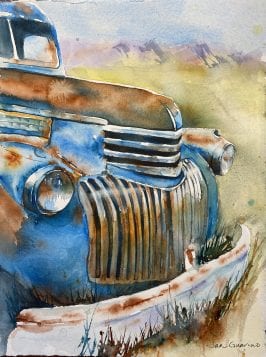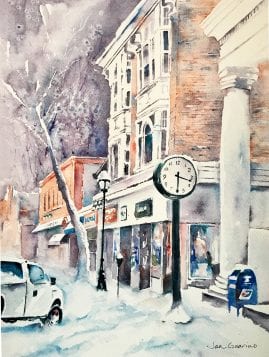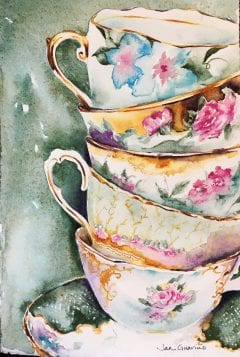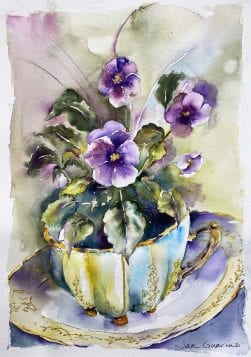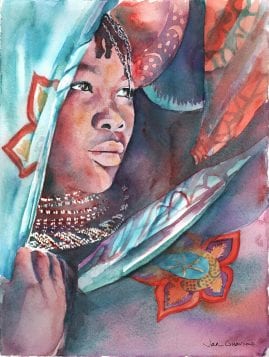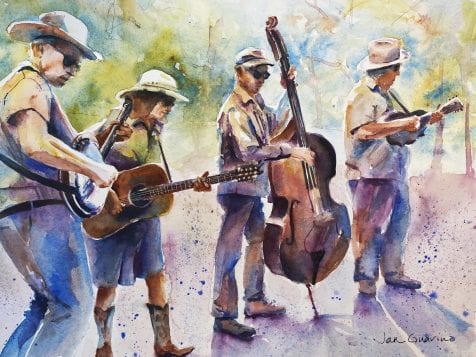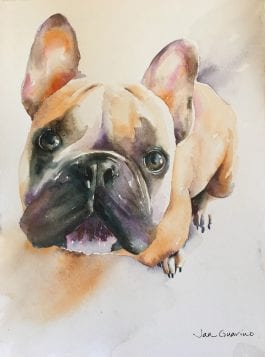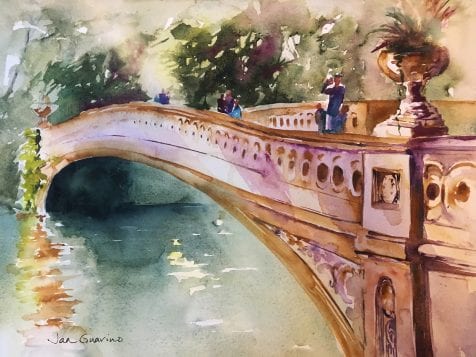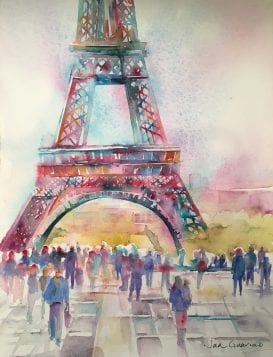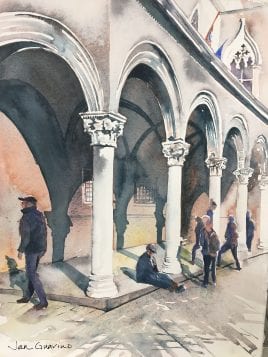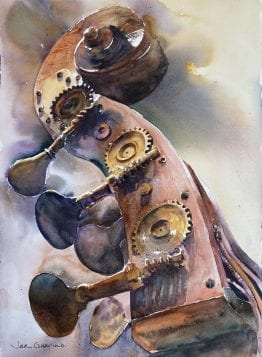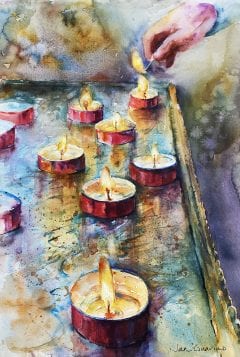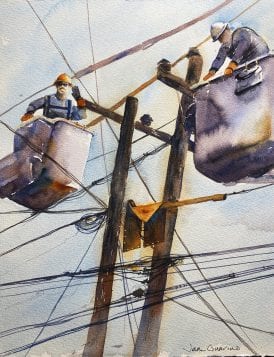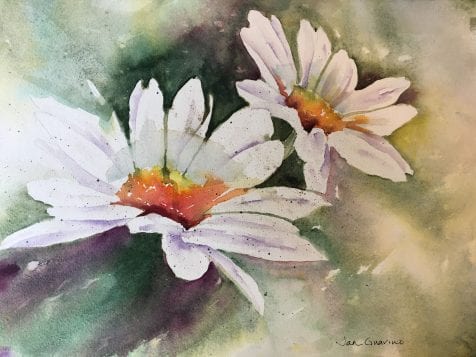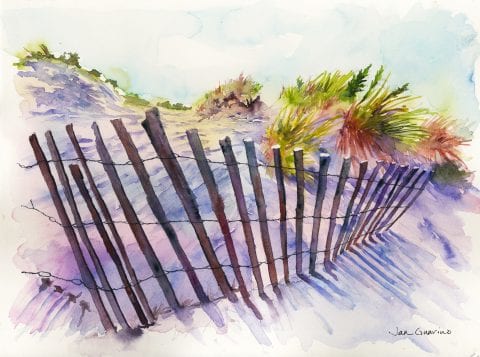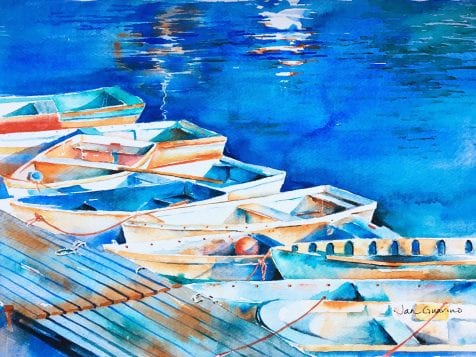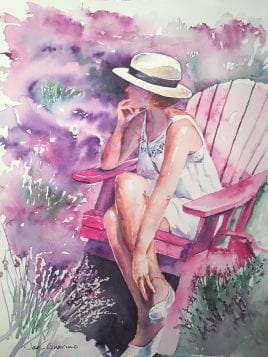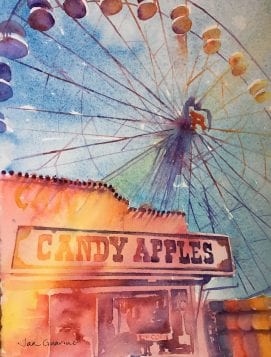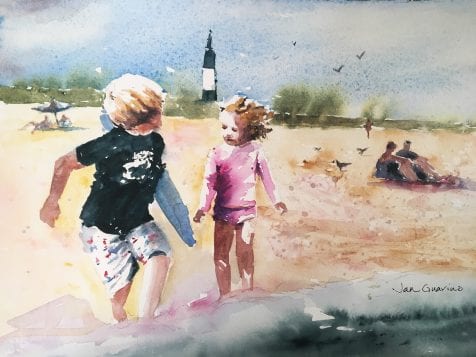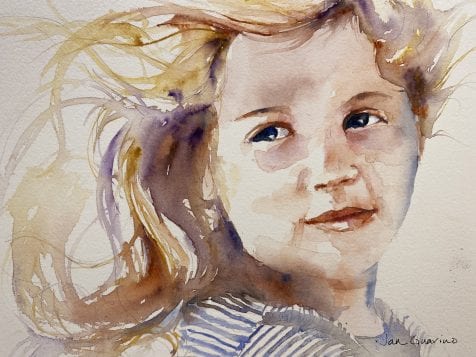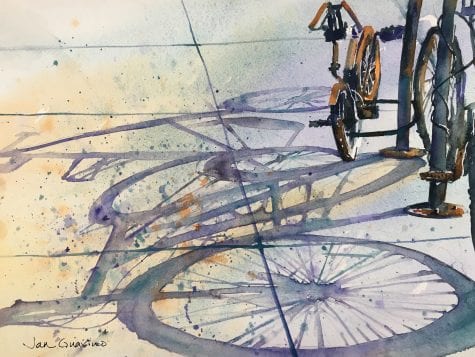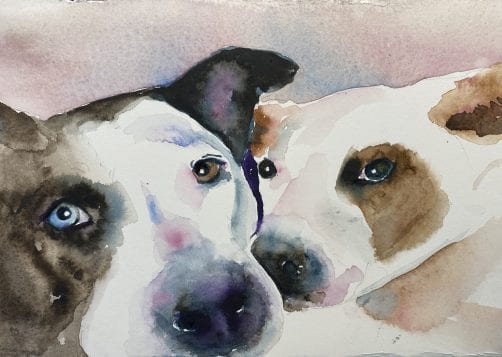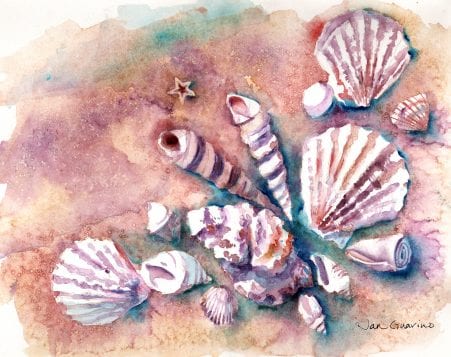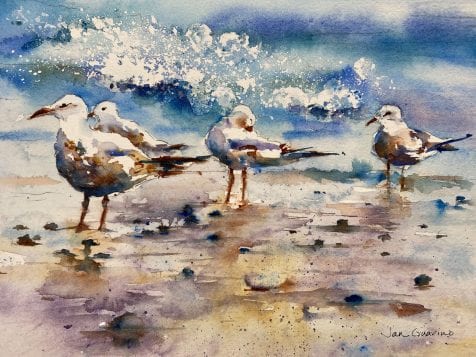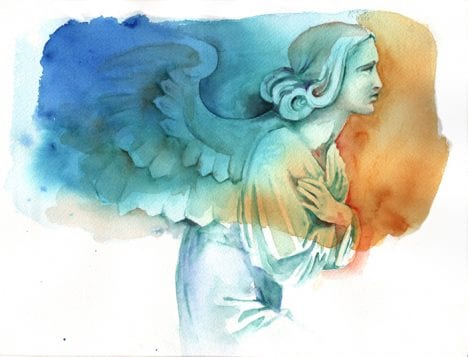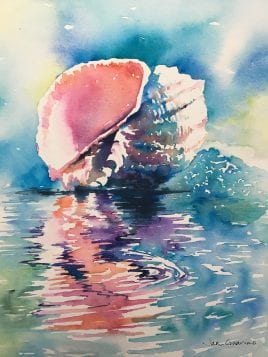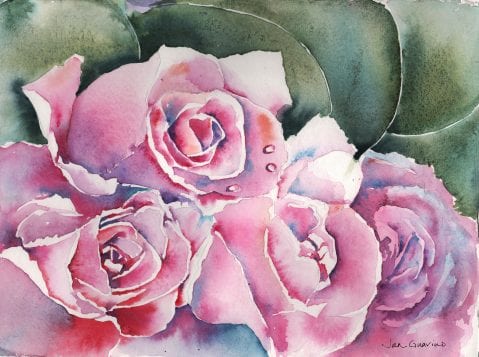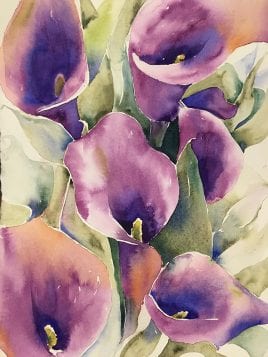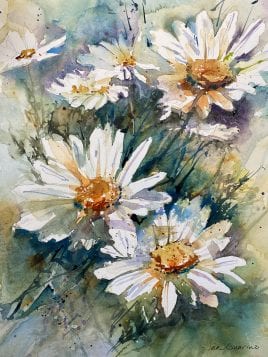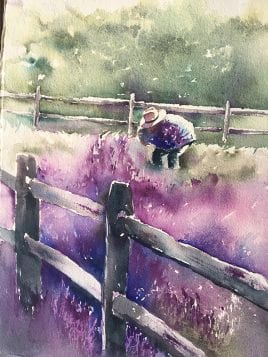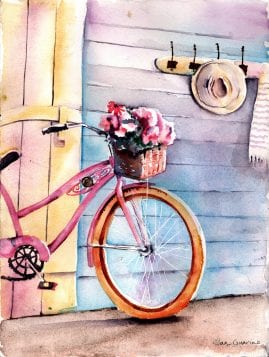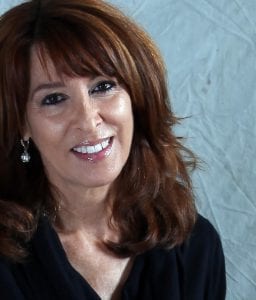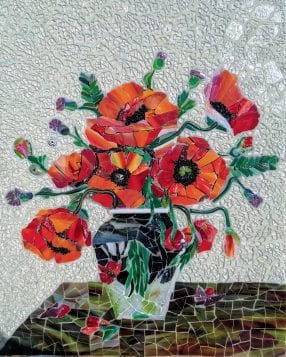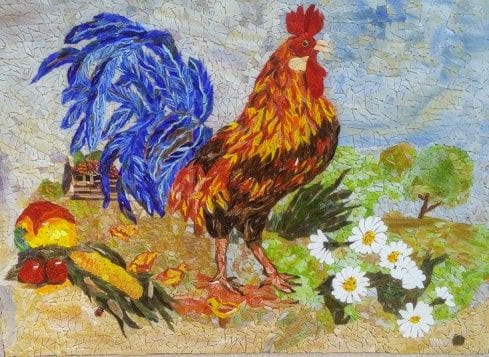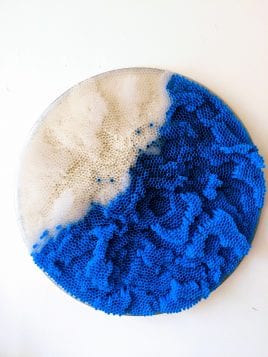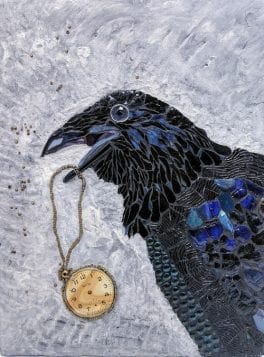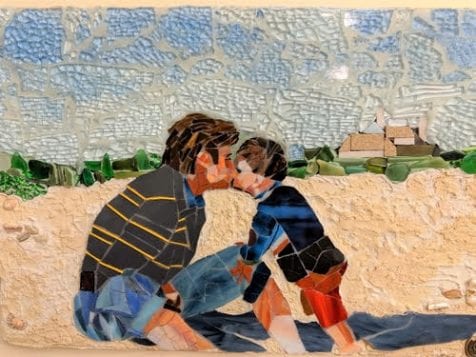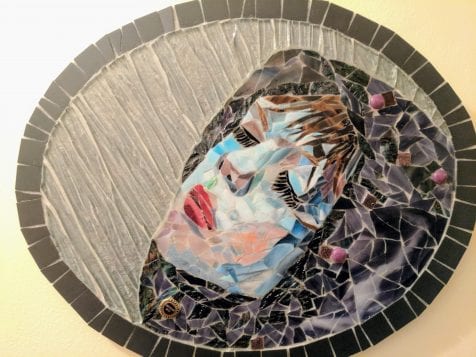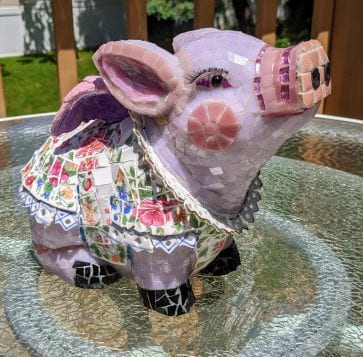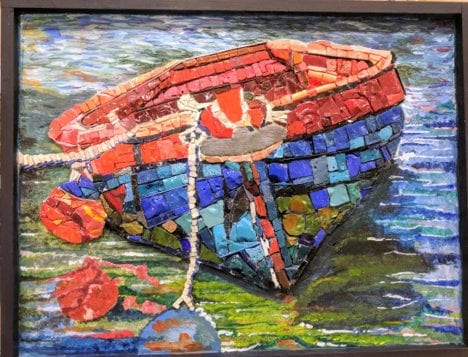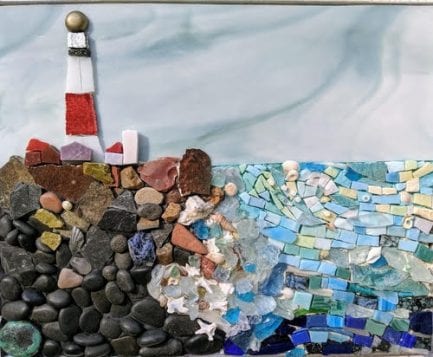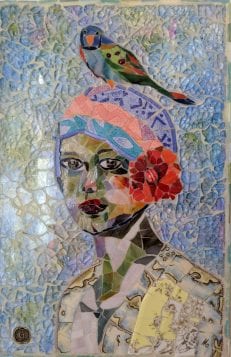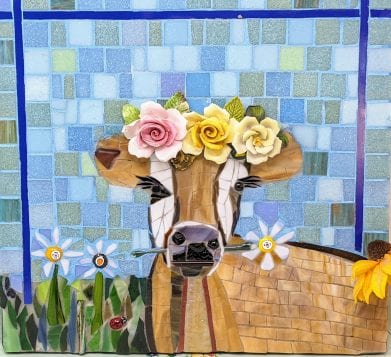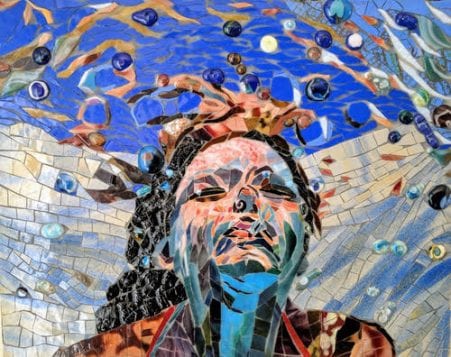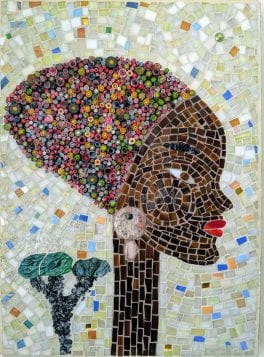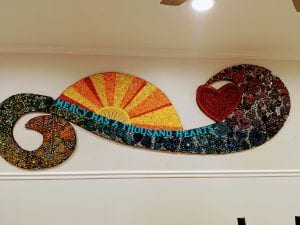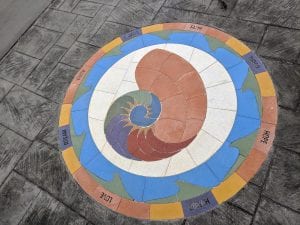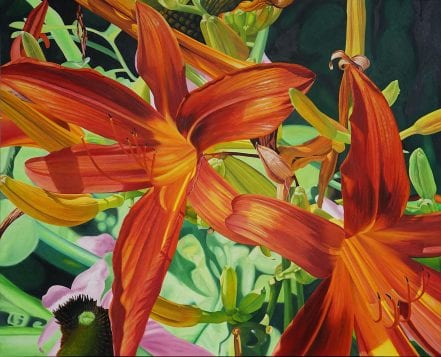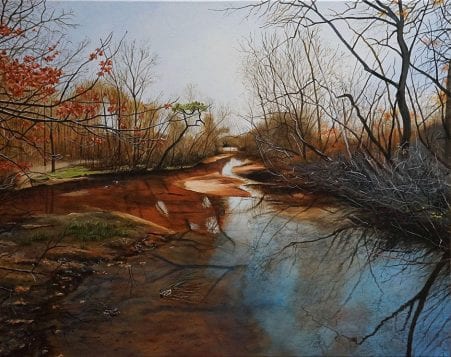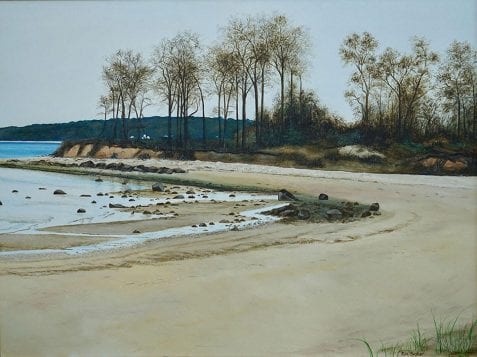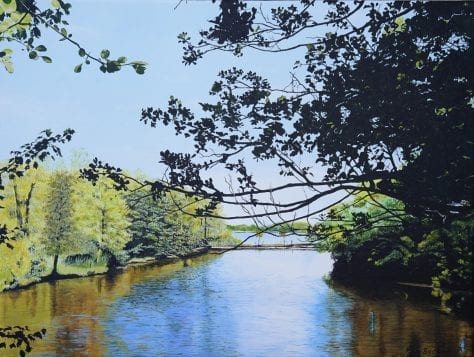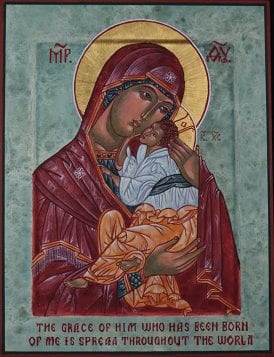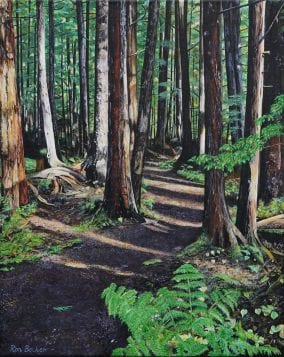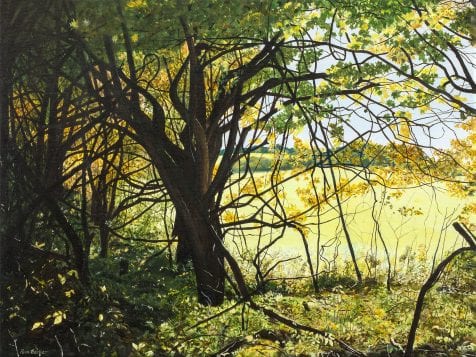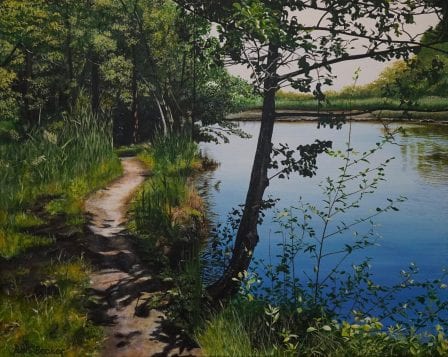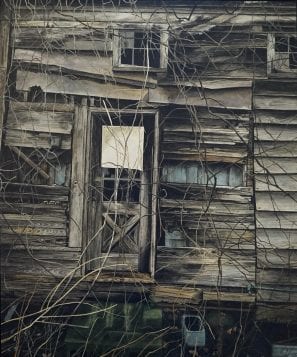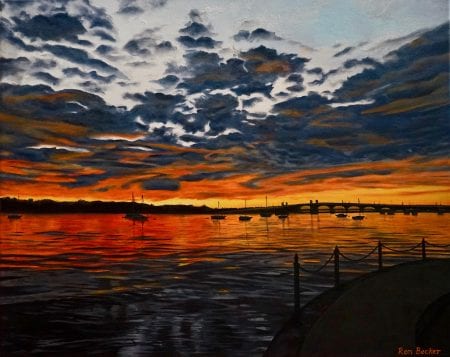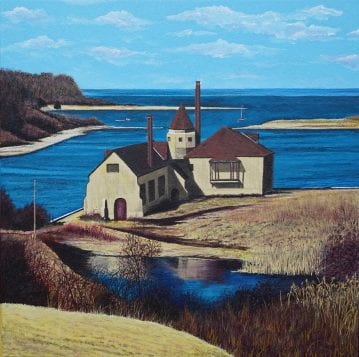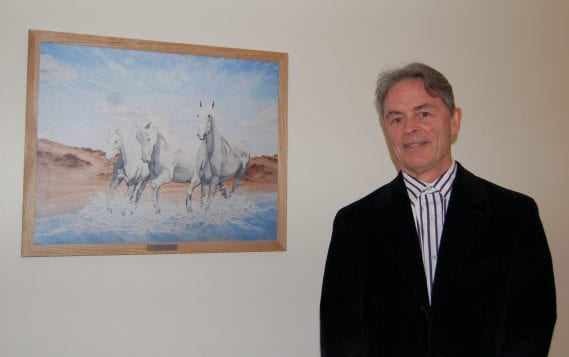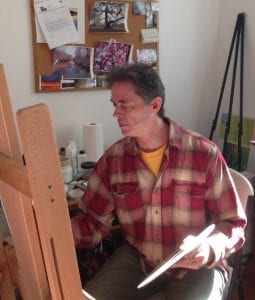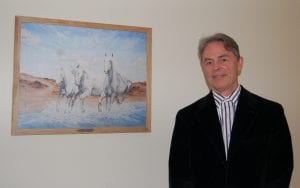By Irene Ruddock
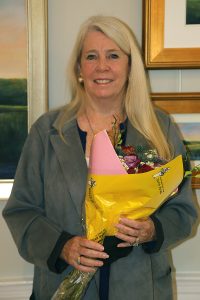
Patricia Yantz, a Three Village resident, is known for her acrylic and pastel landscape paintings. A former secondary art teacher at Sachem School District, she is also involved in many community organizations such as the Three Village Historical Society where she was a former president.
Presently, she is a joint coordinator of the Candlelight House Tour, on the Steering Committee for the Long Island Museum, and member of the Three Village Garden Club. She belongs to art organizations such as the Setauket Artists, North Shore Art Guild, LIMarts, and Smithtown Township Art Council. She especially enjoys teaching acrylic and watercolor classes at Ward Melville High School’s Continuing Education Program.
W hen did you first become interested in art?
At an early age I used to watch my father draw wood boats and create his own designs of boats he wanted to build. As I sat next to him, he gave me some drawing paper and I started to draw boats too!
Who were your other role models?
Besides my father, Sister Lucy at Saint Mary’s High School in Manhasset inspired me to pursue art in college. Later in life, I was inspired by our local icon Joe Reboli. I watched as he took a common view, such as a road or mailbox, and transform it into a masterpiece! It was truly magical. Lastly, the person who helped me find my artistic niche was you! My involvement with the Setauket Artists along with your constant encouragement and faith in me has made all the difference.
It is kind of you to say that! Thank you. Why did you choose acrylics and pastels as your medium?
I switched from oil many years ago for health and safety reasons. Also, after my cat walked across my freshly painted oil painting and then walked all over my new rug, I decided it was time for a change!
What feelings do you want to evoke when people see your paintings?
The most important thing I want the people to come away with is a sense of peace. I think color changes the emotion and the feel of a painting, so I often work in warm colors to uplift the viewer.
Where do you like to paint and why?
Living in this beautiful area is a constant source of inspiration to me. Painting it is a natural outgrowth of my environment. I am truly in awe by the stunning sunsets, meandering waterways and lavish landscapes that invoke a sense of place as well as a sense of peace. I am especially drawn to the creek at West Meadow, Avalon Nature Preserve, and Stony Brook Harbor.
How would you describe your work?
I have learned so much about tonal aspects and value which I try to incorporate into my paintings. I try to harmonize or unify colors in terms of light and atmosphere. Yet, I do not use a limited palette, but instead look for atmosphere and temperature when creating.
You have won many awards. Tell us about an award that has meant a lot to you?
I was recently given the incredible award of the 2021 Honored Artist voted on by the Setauket Artists. The artists gave me encouragement, faith, and support over the years which has been a vital part in motivating me to continue this artistic journey.
Why is art important in the world?
I feel art is so important because imagination is the beginning of creating. This creativity engages the mind and enables alternative ways of thinking and seeing. With so much emphasis on critical thinking, creating art makes one think not only critically, but analytically which is often overlooked in today’s world. Art is a bridge where artists can, through their paintings, communicate universally to reach people around the world.
Where can we see your work?
I am currently showing my work at the 41st annual Setauket Artists Exhibition at the Setauket Neighborhood House until November 14th. I will be part of “Celebrate the Season” exhibit at the Reboli Center in Stony Brook, “Deck the Halls” at Gallery North in Setauket, and the “2021 Atelier Invitational” at The Atelier at Flowerfield in St. James. To get in touch with me, you may contact setauketartists.com.

